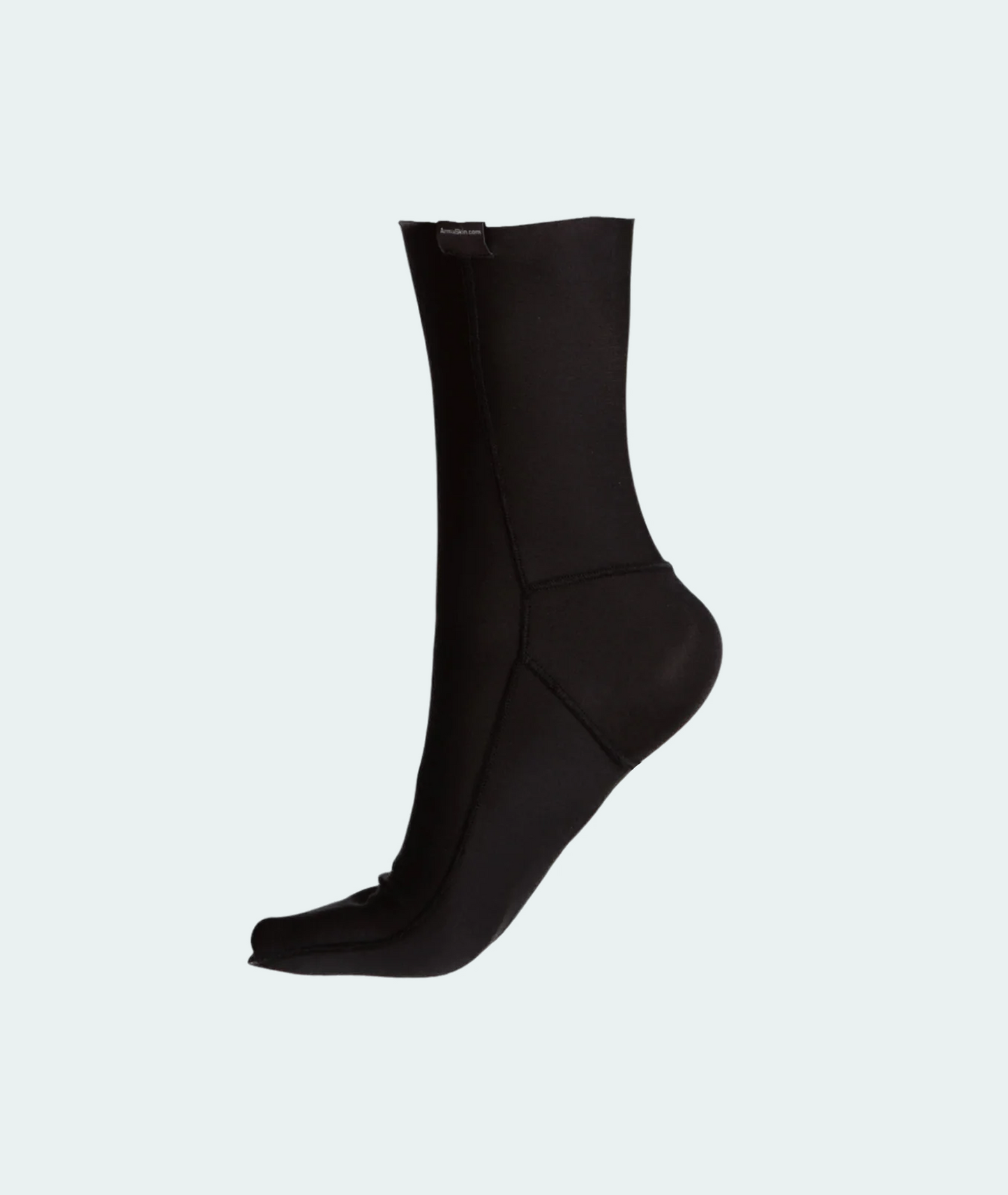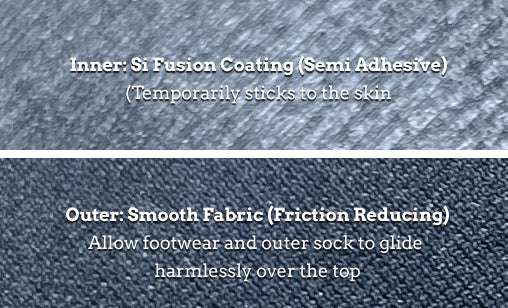
by Kyt Lyn Walken
When Sir Edmund Hillary and Tenzing Norgay reached the summit of Mount Everest in 1953, the Team had carried a lot of food and equipment with them. They used tin cans, dried fruits, biscuits, chocolate and oxygen cylinders to survive the harsh conditions. But today, hikers have a much easier and more convenient way to pack their food for the trail: vacuum sealing.
"Himalayan rations usually consist of a combination of bulk stores taken out from England or obtained in India and of foodstuffs purchased locally in the Himalayas. Rice, potatoes, tsampa (coarse flour made from roasted barley), dhal (a kind of lentil), eggs, chickens and meat are the chief foods available locally; fresh fruit and vegetables are seldom, if ever, obtainable. The earlier Everest expeditions took with them a great variety of bulk stores. Later expeditions have come to depend increasingly on local food supplies, limiting their bulk stores to essential items not procurable locally, such as tea, powdered milk, sugar, jam, biscuits and butter " (Himalayan Rations with Special Reference to the 1953 Expedition to Mount Everest By L. G. C. PUGH, Division of Human Physiology, Medical Research Council Laboratories, Hampstead, London, N. W.3)
Vacuum sealing is a process of removing air from a plastic bag containing food and sealing it tightly. This prevents the growth of bacteria and mould, extends the shelf life of food, and reduces the volume of food. Vacuum sealing is especially useful for hikers who want to enjoy fresh and nutritious food on the trail without worrying about spoilage or contamination.
In this ArmaSkin blog post, we will explore the benefits of vacuum sealing food for hiking, some examples of vacuum sealers and some do's and don'ts. Whether you are planning to climb Everest or just go for a weekend hike, vacuum sealing can make your food packing easier and the supreme test making the food more enjoyable.
Vacuum-packed food refers to food products that have been sealed in airtight packaging to extend their shelf life. This packaging method involves removing the air from the package before sealing it, which helps to prevent spoilage and preserve the freshness of the food. Vacuum-packed food is commonly used in both commercial and residential settings, offering numerous benefits to consumers and businesses alike.

Don’t Let Blisters Slow You Down!
Discover the ultimate solution with ArmaSkin Anti-Blister Socks. Designed with advanced friction-reducing technology, these socks keep your feet dry, comfortable, and blister-free – no matter the challenge.
Shop NowThere are different types of vacuum packing machines and bags available for home use. Some are manual, while others are electric. Some use heat to seal the bags, while others use clips or zippers. You can choose the one that suits your needs and budget.
Here are some possible options for vacuum packing kit for hikers:
- Dometic 240V/12V Vacuum Sealer: This is an electric vacuum sealer that can run on both 240V and 12V power sources. It has a compact design and comes with 10 reusable bags. It can remove up to 97% of air from the bags and seal them tightly.
- FoodSaver Handheld Vacuum Sealer: This is a manual vacuum sealer that uses a hand pump to suck out the air from the bags. It is lightweight and portable and comes with five reusable bags. It can seal food in seconds and keep it fresh for longer.
- Ziploc Vacuum Starter Kit: This is a simple and affordable vacuum sealer that uses a hand pump and special Ziploc bags. It is easy to use and store and comes with three quart-size bags and one pump. It can preserve food up to five times longer than ordinary storage methods.
Why vacuum pack?
- The main advantage of vacuum-packed food is its ability to maintain the flavour and nutritional value of the product for an extended period. By removing the oxygen from the packaging, the growth of bacteria, yeast, and moulds is significantly slowed down, thereby prolonging the shelf life of the food. With conventional packaging, these organisms thrive in the presence of oxygen, leading to spoilage and degradation of the food quality. Vacuum packaging effectively prevents this, ensuring that the food reaches consumers in optimal condition.
- Vacuum-packed food reduces the risk of freezer burn, which is a common problem when storing food in a freezer for an extended period. Freezer burn occurs when air comes into contact with the food, causing dehydration and oxidation of the surface. This can result in the development of unpleasant textures and flavours in the food. By vacuum-sealing the food, the presence of air is eliminated, effectively preventing freezer burn and thus preserving the taste and texture of the product.
- Vacuum packaging also improves the storage efficiency of food. The removal of air from the package significantly reduces its size, enabling more efficient use of space in refrigerators, freezers, pantries and of course in your backpack.
- Longer shelf life: Vacuum packed food can last for weeks, months, or even years, depending on the type of food and the storage conditions. This means you can prepare your food in advance and store it until you need it.
- Less waste: Vacuum packing reduces the amount of food that goes bad or gets thrown away. You can also reuse the bags for other purposes, such as storing clothes or toiletries.
- More variety: Vacuum packing allows you to enjoy a wider range of foods on the trail, such as meats, cheeses, fruits, vegetables, sauces, soups, and more. You can also create your own recipes and mix and match ingredients according to your preferences.
- Less cooking time and fuel: Vacuum packed food is usually pre-cooked or ready-to-eat. You only need to reheat it or add hot water to it. This saves you time and fuel on the trail.
However, it is important to consider the compatibility of specific foods with this packaging method to ensure the best results. Overall, vacuum-packed food provides a convenient and effective solution for prolonging the shelf life of various food products.
Here are some tips on how to vacuum pack food for hiking:
Choose the right food: Not all foods are suitable for vacuum packing. Some foods that work well are dried fruits, nuts, seeds, granola bars, jerky, cheese, crackers, pasta, rice, beans, lentils, oatmeal, instant soups, sauces, spices, coffee, tea, and chocolate. Some foods that don't work well are fresh fruits, vegetables, breads, cakes, pastries, dairy products, eggs, seafood, and cooked meats. These foods tend to spoil faster or lose their texture and flavour when vacuum packed.

Prepare the food: Wash your hands and clean the food before vacuum packing. Cut or chop the food into small pieces if needed. Separate the food into individual portions or servings. Pre-freeze meat and fish before vacuum packing to prevent them from getting crushed or leaking juices. Cook or blanch any raw vegetables before vacuum packing to kill any bacteria.
Pack the food: Use heavy-duty Ziploc-style bags or vacuum sealer bags for vacuum packing. Make sure the bags are clean and dry. Fill the bags with the food, leaving some space at the top for sealing. Remove as much air as possible from the bags using a vacuum sealer machine or a manual pump.
Seal the bags securely using heat or clips. Label the bags with the date, name of the food, and amount of water needed (if any).
Store the food: Store the vacuum packed food in a cool, dry, and dark place until you are ready to use it. Avoid exposing it to direct sunlight or heat sources. Check the bags regularly for any signs of damage or spoilage. Discard any bags that are punctured, torn, bloated, or discoloured.
Here are some tips on how to use vacuum packed food on the trail:
Pre-plan your meals: Plan your meals ahead of time based on your hiking itinerary, preferences, and dietary needs. Calculate how much food and water you will need per day and per person. Pack enough food for emergencies and contingencies.
Rehydrate or reheat the food: To rehydrate or reheat your vacuum packed food on the trail, you will need a pot or a bowl, a stove or a fire, water, and utensils. Boil some water and pour it over the food in the bag or in the pot. Let it sit for a few minutes until the food is soft and warm. Alternatively, you can place the bag in a pot of boiling water and heat it up that way. Be careful not to burn yourself or the bag. Enjoy your meal with any toppings, condiments, or oil packets that you packed with it.
Dispose of the waste: After you finish your meal, dispose of the waste properly. Do not leave any food scraps or packaging behind. Pack out what you pack in. Follow the Leave No Trace principles and respect the environment.
How a package is used also matters. Certain packaging functions at various stages can also help reduce food waste and losses. Regarding handling, a package should be easy to handle and replenish without mechanical damage, which could lead to waste. Other package functions — like easy opening, complete dispensing, and reclosability — can also help reduce food spillage and waste. The package size should also reflect its use and be optimized depending upon intended use.
Conclusion:
Vacuum packing is a great way to prepare food for hiking. It helps you save space, weight, money, and time. It also allows you to enjoy a variety of tasty and nutritious meals on the trail. With some planning and preparation, you can vacuum pack your own food at home and have a hassle-free hiking experience.
ArmaSk
About the author: Kyt Lyn Walken
- Certified Wildlife Conservation Ranger at Conservation Ranger Operations Worldwide
- Official Representative & Instructor at Hull’s Tracking School
- Directora de Rastreo Humano por Dynamic Tracking (Spain)
Additional information sourced from BingChat.
More reading on this topic at 4WDING














